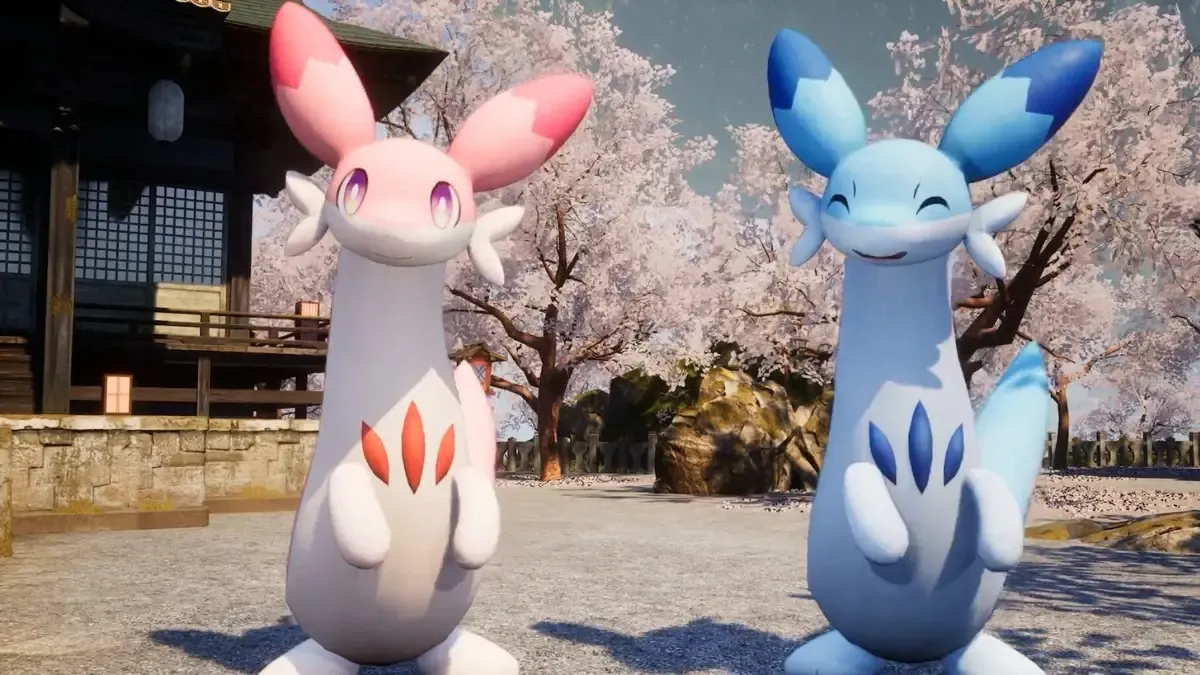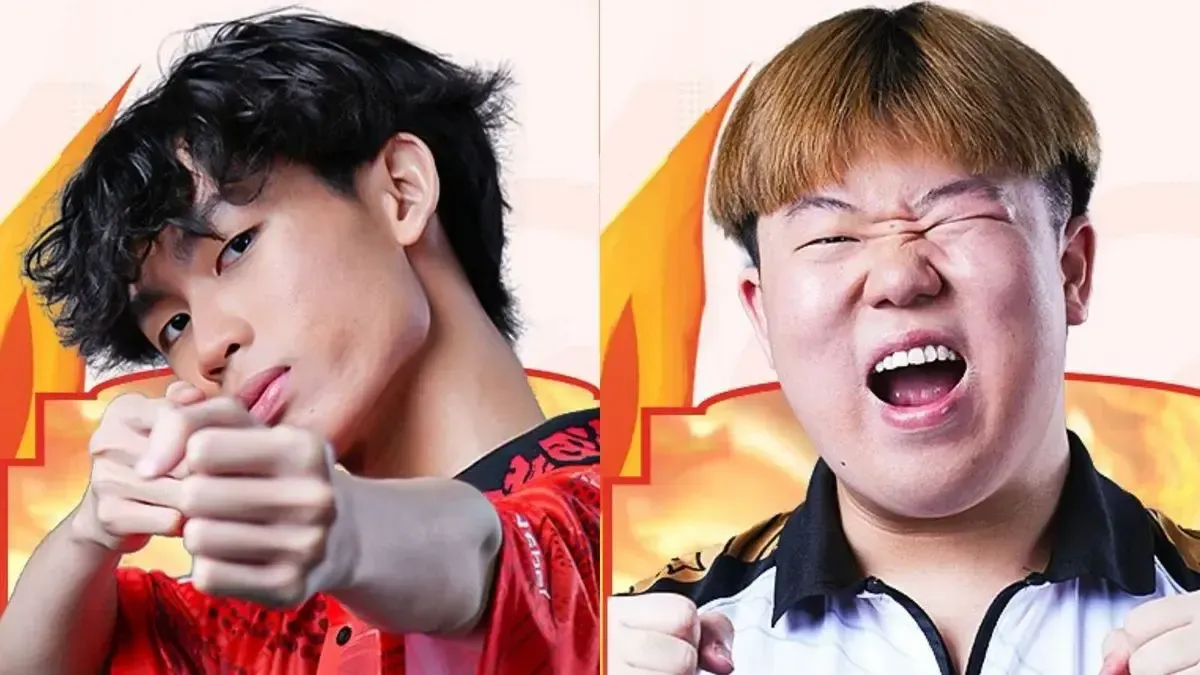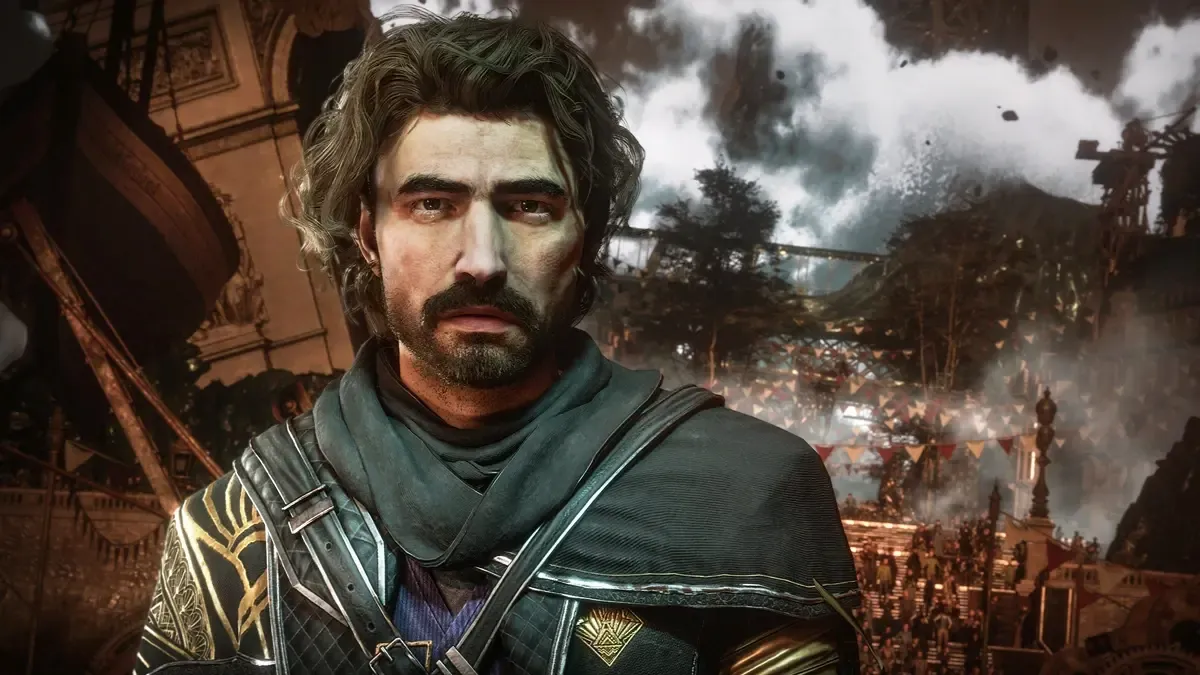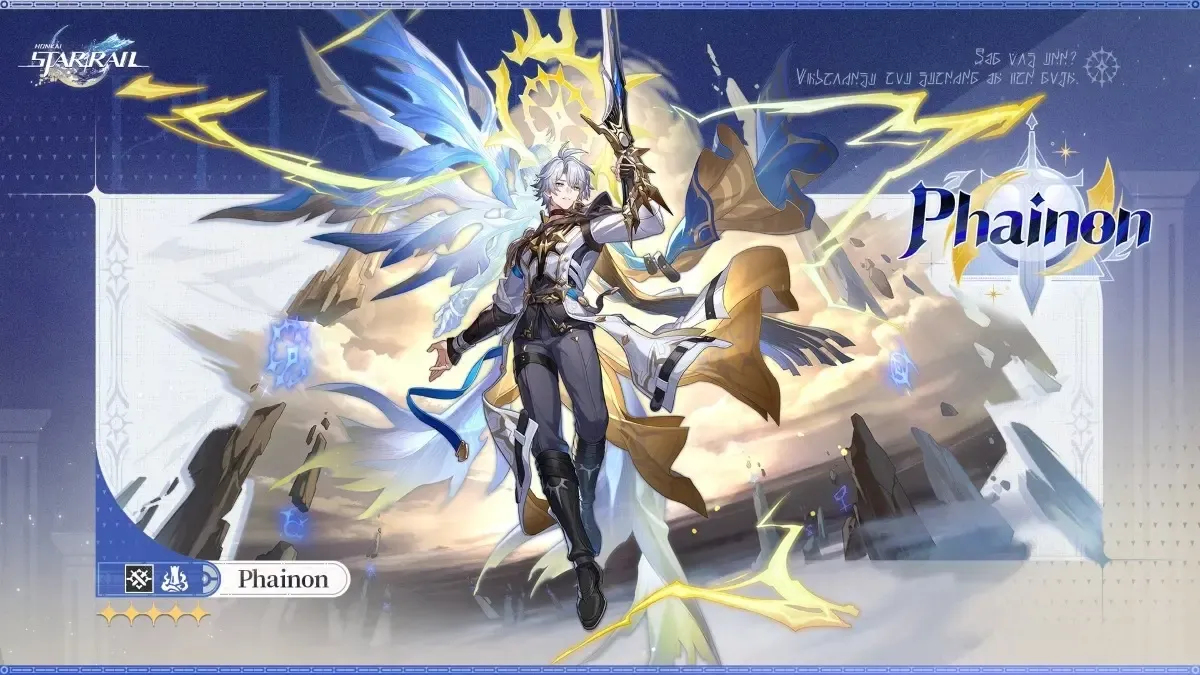According to Pocketpair's argument, Nintendo's patents are invalid because games with similar mechanics existed prior to the date the patents were filed.
Pocketpair is taking on gaming giant Nintendo following the lawsuit filed against Palworld. The Palworld developer argues that all three patents Nintendo is using for its case should be considered invalid, referencing a list of 25 games and mods as examples of prior art, including ARK, Craftopia, Monster Hunter 4G/Ultimate, Final Fantasy XIV, and even The Legend of Zelda.
According to a report by Games Fray, Pocketpair is challenging Nintendo’s patent applications by claiming that the mechanics and artwork in question already existed in other games well before the patents were filed. Specifically, the contested patents relate to the Poké Ball-throwing mechanic, creature capture and battle systems, and riding creatures as mounts; features which Nintendo claims Palworld has copied.
Palworld’s defence against JP7545191: throwing items (like a Poké Ball) to capture creatures
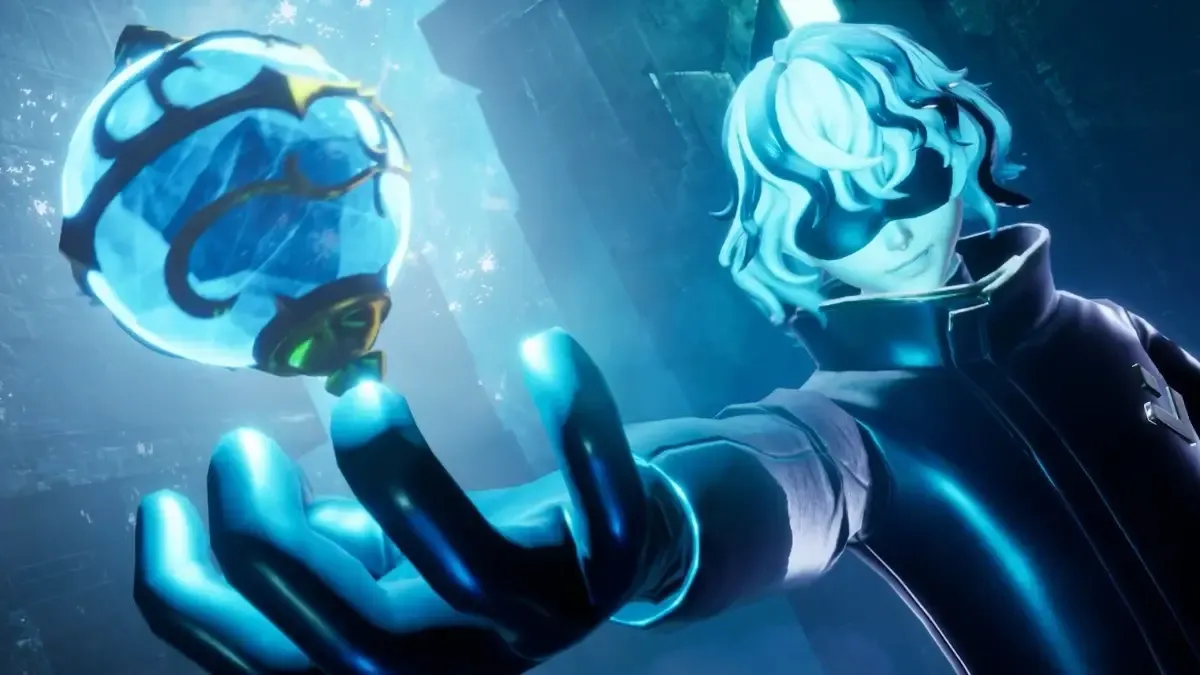
Pocketpair argues that Nintendo shouldn’t be able to patent certain gameplay features, as similar mechanics were already seen before December 2021–the key date for Nintendo’s patent claims. It points to its own earlier game Craftopia as a strong starting example.
Games like Rune Factory 5, Titanfall 2, and Pikmin 3 Deluxe demonstrate how a character can throw a ball or item to release a monster or trigger an action. Meanwhile, Pikmin 3 Deluxe, Far Cry 5, and Tomb Raider showed how different types of throwable objects were already in use long before Palworld.
Palworld’s defence against JP7545191: creature capture mechanics
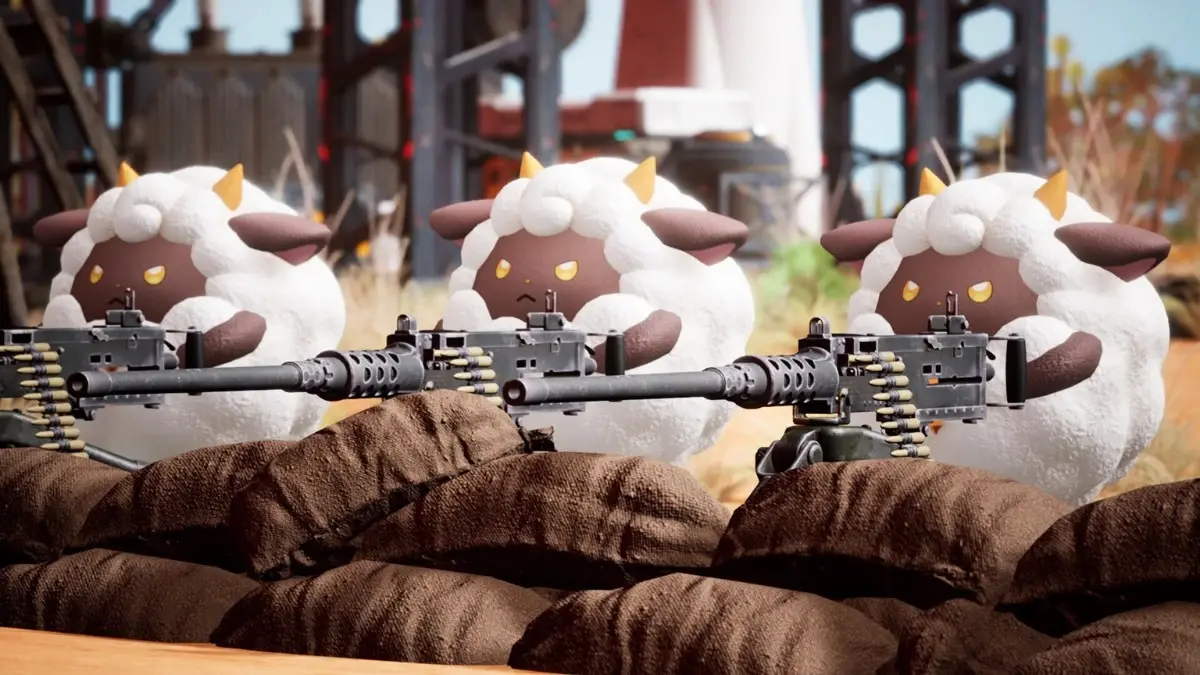
Pocketpair also argues that choosing a target and showing the chances of a successful capture wasn’t a new idea when Nintendo filed its patent. Games such as Pocket Souls, Octopath Traveler, Monster Super League, and Final Fantasy XIV had similar mechanics in place.
If more references are needed, it also points to Craftopia, Pikmin 3 Deluxe, Nexomon, Monster Hunter 4G, and even the NukaMon mod for Fallout 4, which was released in 2021 and specifically uses the same type of capture mechanic.
Palworld’s defence against JP7528390: riding creatures/turning creatures into mounts
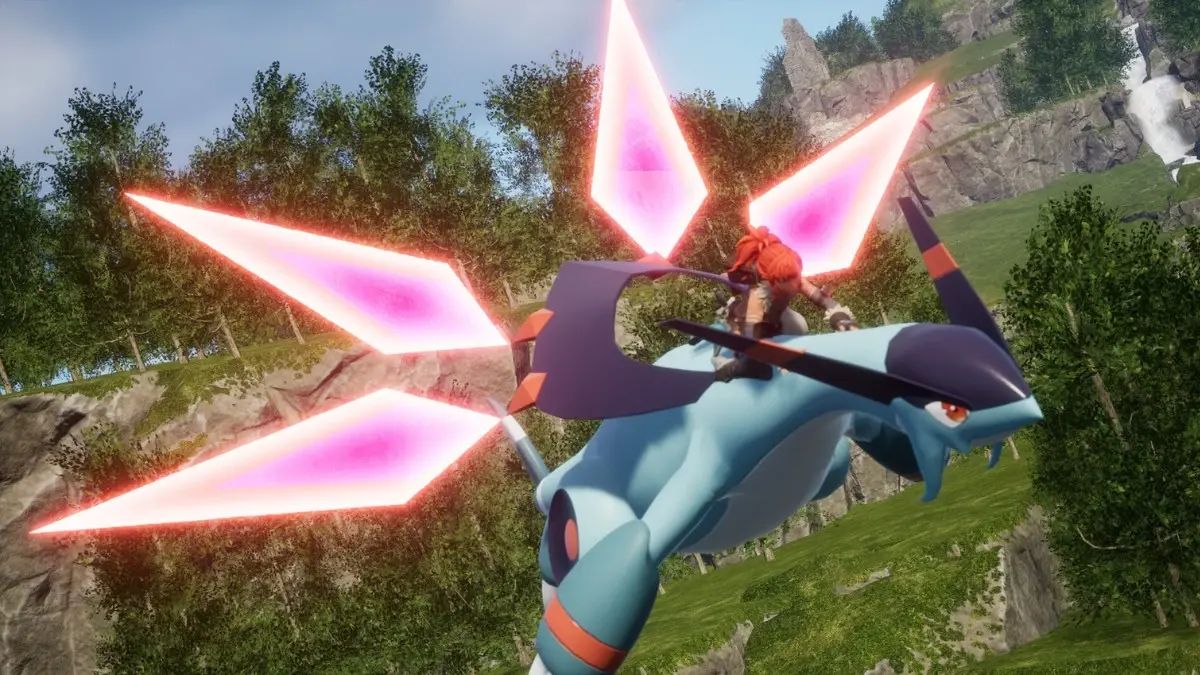
When it comes to creature riding, Pocketpair considers ARK the best example, and argues it alone is enough to challenge Nintendo’s patent. It says no combination with other references is needed to make the point.
However, if needed, it also suggests starting with ArcheAge, which can be combined with ARK, The Legend of Zelda, or the Unity game engine. A third possible reference point is Riders of Icarus.
Pocketpair also asserts the “free technology defence”
Pocketpair is also using a legal defence known as the “free technology defence,” which exists in countries like Germany and the UK. In Germany, it’s called the Formstein defence, while in the UK, it’s known as the Gillette defence.
In simple terms, it argues that the accused product (in this case, Palworld) isn’t inventive or special enough to violate a patent. The logic is that if what the product does wouldn’t have impressed the patent office when the patent was granted, then it shouldn’t count as an infringement today. While less common than simply arguing a patent is invalid, it can still help swing a case.
Different game genres, different mechanics
Nintendo’s patents are based on its work with Pokémon, a role-playing game where players train and catch fantasy creatures. Palworld, on the other hand, is a survival and crafting game where players collect materials and craft items to progress.
While the lawsuit focuses on patents, not genres, this difference helps explain why the mechanics between Pokémon and Palworld naturally diverge.
With a wide range of game references supporting its case, Pocketpair is aiming to prove that Nintendo’s three patents shouldn’t stand. Nintendo will now have to provide strong counterarguments to maintain the validity of its claims and keep its legal action against Palworld moving forward.

